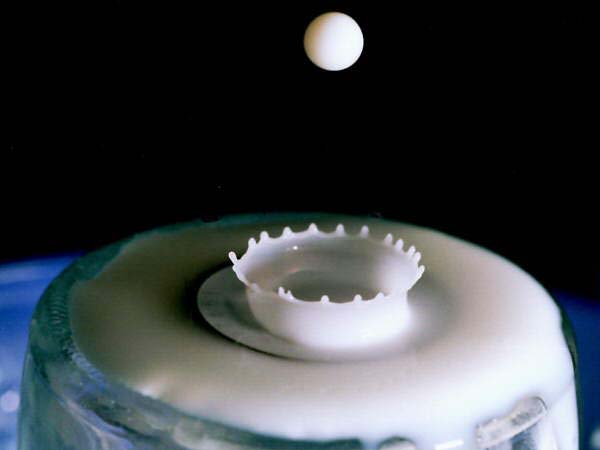Associate Professor
Nonlinear Dynamical Systems Group
Department of Mathematics and Statistics
San Diego State University
San Diego, CA 92182-7720

| HOME | RESEARCH | VITAE | TEACHING | NLDS SITES | SDSU LINKS | E-JOURNALS | CSRC | CONTACT ME |
M635 Pattern
Formation / Projects
SUGGESTED TOPICS |
|
| Symmetry-Breaking as an Origin
of Species. Ian Stewart, Toby Elmhirst and Jack Cohen. Bifurcation, Symmetry and Patterns, J. Buescu, S. Castro, A.P. Dias and I. Labouriau. Eds., pp 3-54. |
ODEs: SN-Symmetry |
| Bifurcation and Planar Pattern Formation
for a Liquid Crystal. M. Golubitsky and D. Chillingworth. Bifurcation, Symmetry and Patterns, J. Buescu, S. Castro, A.P. Dias and I. Labouriau. Eds., pp 55-66 |
PDEs and Lattice Symmetry |
| Secondary Instabilities of Hexagons: A Bifurcation
Analysis of Experimentally Observed Faraday Wave Patterns. A.M. Rucklidge, M. Silber, and J. Fineberg. Bifurcation, Symmetry and Patterns, J. Buescu, S. Castro, A.P. Dias and I. Labouriau. Eds., pp 101-114 |
PDEs and Lattice Symmetry |
| Models of Central Pattern Genrators for
Quadruped Locomotion: I. Primary Gaits. P.L. Buono and M. Golubitsky. J. Math. Biology 42, 291-326 (2001). |
ODEs: Z4 x Z2 Symmetry |
| A model for fast computer simulations of
waves in excitable media. Dwight Barkley. Physica D, 49, 61-70 (1991). |
PDEs and Numerics. |
| Modelling Travelling Waves of Spatial Patterning
in Morphogenesis. G.C. Cruywagen. Pattern Formation: Symmetry Methods and Applications. J. Chadam, M. Golubitsky, W. Langford, and B. Wetton. Eds. 125-141. |
PDEs and Numerics. |
GENERAL
GUIDELINES FOR WRITING A REPORT |
1. Goal: The goal of this work is to provide an objective written review of the technical merits of a research paper or project. The main discoveries, the contribution to a particular field of science or to industry, and the relevance of the work to the principles and methods discussed in the M636 Mathematical Modeling course. Rule of thumbs: (1) USE YOUR OWN WORDS and (2) assume a minimum background for the reader. 2. Format: Maximum 5 one-side pages (including pictures, references, appendices, etc.), type font size 12. Failure to follow this format may result in loss of partial credit. 3. Suggested Outline. Introduction Methodology
or Technical Section Conclusions Bibliography |
